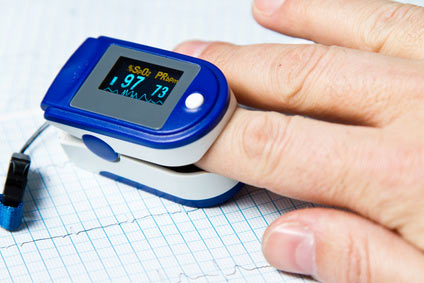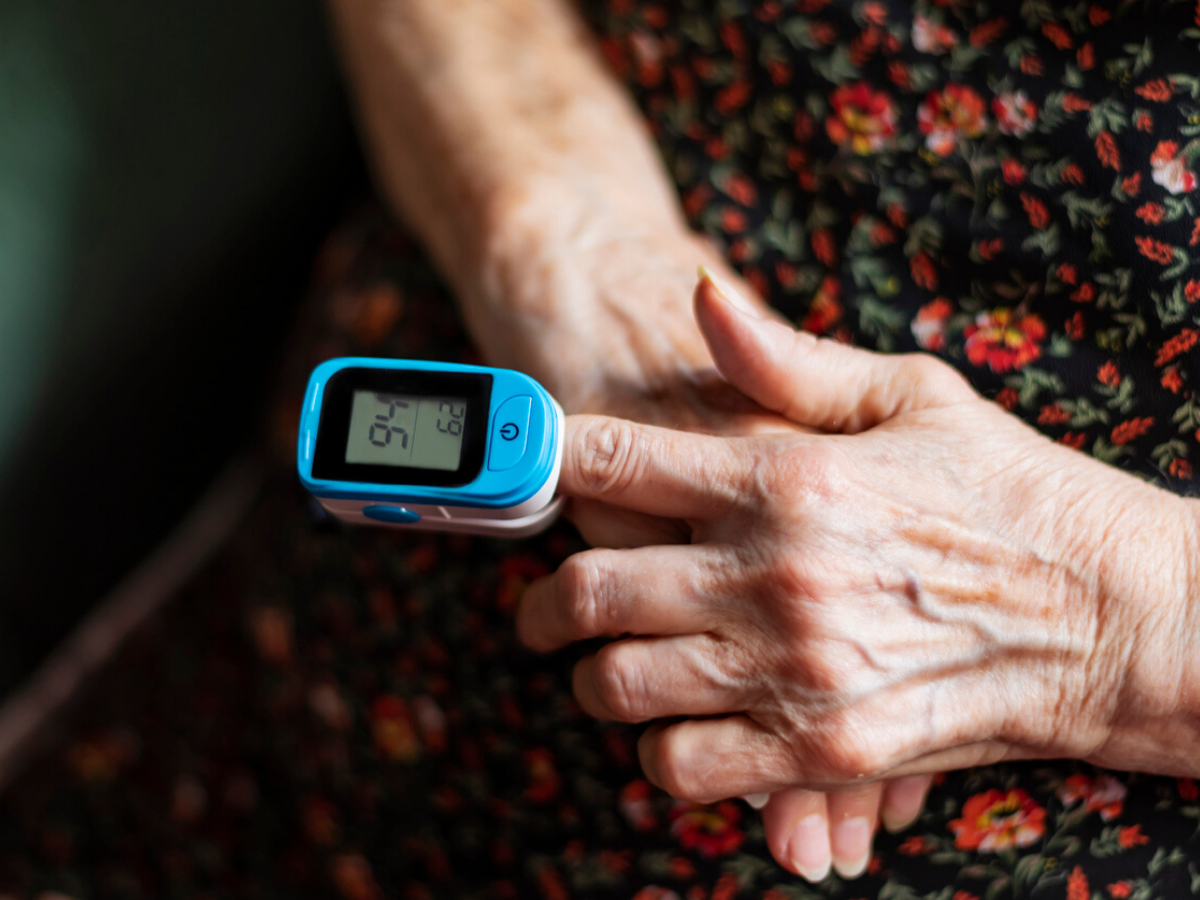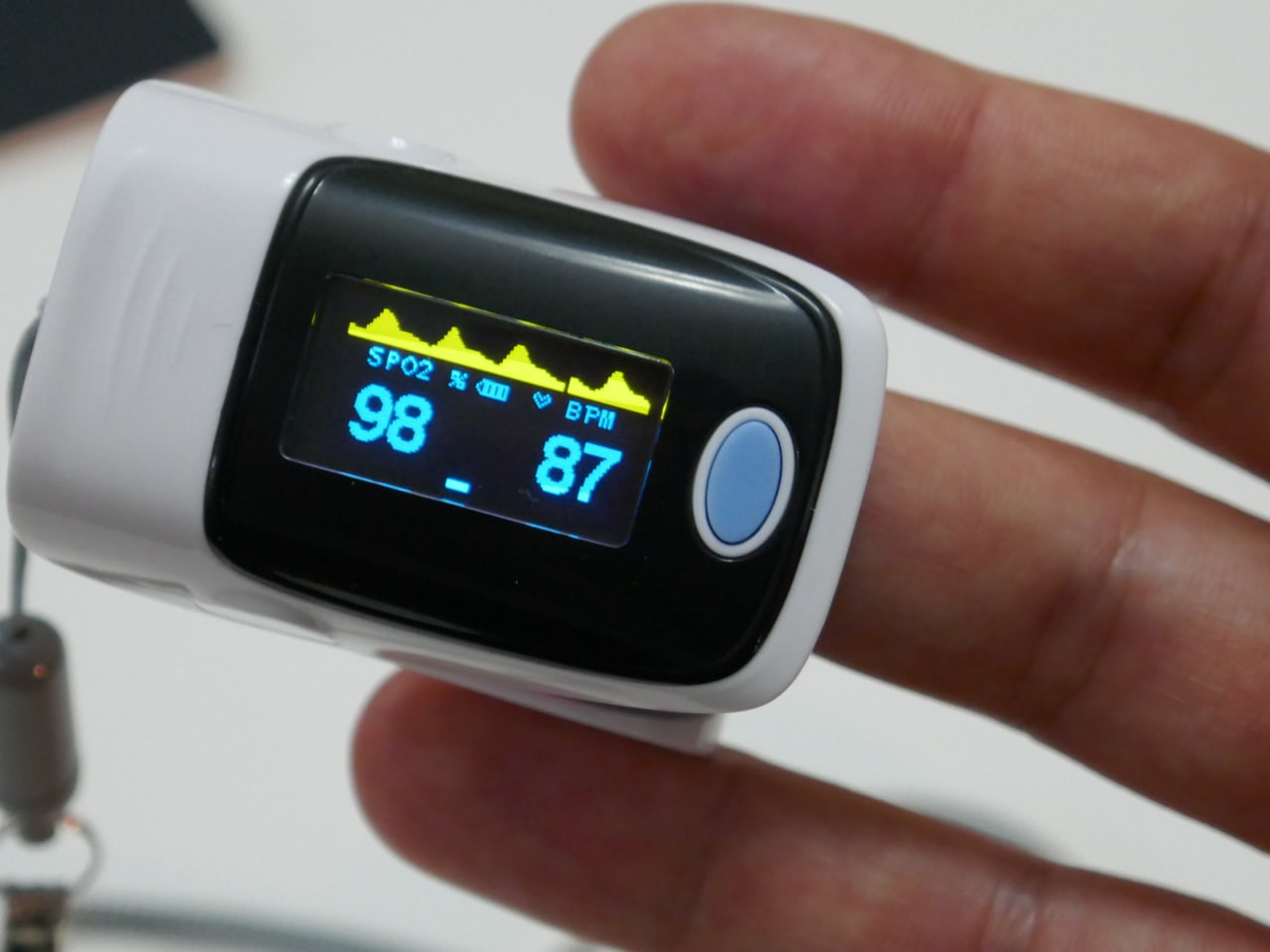If you are wondering how many liters per minute (LPM) your oxygen concentrator flow rate should be set to, or how much concentrated oxygen is safe for you to supplement, you are in the right place.
A lot of times people believe that more of a good thing is even better, but that is not the case with concentrated oxygen.
In this article we’ll discuss the right settings for when 1 person is using an oxygen concentrator or for when 2 people are using an oxygen concentrator together. You’ll also learn how to check your blood oxygen levels with a pulse oximeter.
90% or less This oxygen level is very concerning and may indicate a severe medical problem. Call 911 or go to your nearest emergency room immediately. You may need an urgent x-ray or heart test. 91% to 94% This oxygen level is concerning and may indicate a medical problem. Call your health care provider. Dec 10, 2020 What is the best oxygen level? Normal blood oxygen ranges between 80 and 100 mm Hg. Normal readings from a pulse oximeter fall between 95 and 100. If you have a condition that affects your blood. Sep 27, 2019 Normal: A normal ABG oxygen level for healthy lungs falls between 80 and 100 millimeters of mercury (mm Hg). If a pulse ox measured your blood oxygen level (SpO2), a normal reading is typically. Apr 14, 2020 A normal oxygen level is 95 to 100 percent oxygen, as measured by pulse oximetry, says the Mayo Clinic. A pulse oximeter is a small device which clips on a finger and measures oxygen saturation in the blood, a measurement which is usually considered to be the equivalent of blood oxygen levels.
For a single person that’s looking for relief from the symptoms of altitude sickness a setting of approximately 1 to 2 liters per minute is just about right.
The only reason you would want to set the liters per minute to a higher setting is if your doctor specifically told you you need more; Then you’d go with the doctor recommendations.
For 2 people using the machine simultaneously you’d want the setting for liters per minute to be approximately 3 to 4 LPM.
Keep in mind it’s also very important for you to reset the LPM to approximately 1.5 to 2 liters per minute after two people have been using it together and then only one person is going to be using it again. Many people forget this and it’s important to remember so you don’t get too much oxygen when you are using it alone again.
Another important thing to keep in mind is that when you are using your oxygen concentrator with another person you’ll be using additional tubing and a splitter to connect 2 nasal cannulas to the tubing in order for 2 people to be able to inhale oxygen at the same time.
When you go back to using the concentrator alone, or when somebody else is going to be using it alone after 2 people have been using it together, you’ll need to go ahead and remove the splitter and the extra cannula so that only 1 nasal cannula is connected again.
After removing the extra cannula and the splitter you can reconnect your single cannula to the extension tubing with a swivel connector piece, or connect directly to the oxygen concentrator outlet port if you don’t want to use the extension tubing. You need to do this in order to get the right dosage of oxygen as you’ve set it for on your liters per minute setting.
A Simple Way To Check Your Oxygen Levels From Home Or Anywhere
Using your pulse oximeter is simple and will allow you to check your oxygen levels while you are using your concentrator and also before so you can see how using the concentrator can change your oxygen saturation.
The pulse oximeter is very simple to use.
Simply turn it on, insert your finger and wait a few seconds to see your reading.
You’ll see 2 numbers, 1 representing your pulse and the other representing your oxygen saturation.
Ideally you’ll want to see numbers between 95 and 100%.
If your levels are below 90 you have a very low oxygen saturation and it’s going to help a lot when you use the concentrator.

Now you know how to check your oxygen saturation using a pulse oximeter and also how to set your oxygen concentrator flow to the right dosage of oxygen whether it’s being used by 1 or 2 people.
Call Oxygen Delivers To Get The Oxygen Supplies You Need!
When it comes to your blood oxygen level, a second-look can never hurt.
Let’s be frank: if you’re currently living with a chronic lung disease like chronic obstructive pulmonary disease (COPD), pulmonary fibrosis (PF) or emphysema, the maintenance of your health and symptom expression is generally your top priority. Often, this can mean a particular level of scrutiny in the foods you eat, the exercise you get, your exposure to cigarette smoke and other harmful airborne conditions, and the continual maintenance of your respiratory metrics, such as your PFT and blood oxygen levels.
Simply put, for those with lung disease, it’s not only incredibly important to monitor your health and make adjustments in your behavior when necessary, but for many, it’s a way of life. Your blood oxygen level is one of the most important metrics to measure; as it is a clear indicator of how well your body is distributing oxygen (more on that in a moment). Taking the time to determine your blood oxygen level and how it fits in with the national average can be a vital marker for the direction of your respiratory health.
Best Oxygen Level
With your health in mind, the Lung Health Institute is here to break down the things you need to know on your Blood Oxygen Level: Is My Oxygen Level Normal?
What is Your Blood Oxygen Level?
In the most basic terms, your blood oxygen level is the amount of oxygen in your blood. Sounds simple, right? However, the complexities of this measurement come into play when trying to increase this amount by doing more than taking deeper breaths. As you can imagine, the level of your blood oxygen is important for your general health. If your blood oxygen is too low—in comparison to the average blood oxygen level of a healthy adult—you may be hypoxemic.
As is the case of most people with COPD, oxygen levels are below normal and hypoxemia can frequently occur over time. This means that your body has trouble nourishing your cells, tissues and organs. As your blood is the medium for getting oxygen (via red blood cells) throughout your body, poor circulation can produce the symptoms of chronic lung disease—namely shortness of breath.
Overall, this can reduce your quality of life, impair your skeletal muscle function, impair your exercise tolerance and increase your risk of death.
How is Your Blood Oxygen Level Measured?


A normal blood oxygen level typically ranges from 75 to 100 mm Hg. In the case of dangerously low blood oxygen, the level that requires supplemental oxygen is anything under 60.
The best way to monitor blood oxygen levels is through your arterial blood gasses (ABGs); however, this can be difficult to do at home. In place of using an ABG test, it’s more convenient to use a pulse oximeter, which measures oxygen saturation through a small clip on your finger. In the realm of oxygen saturation levels, normal is often considered anything between 95-100 percent.
Anything below 90 is usually considered low, therefore if you are below this metric, you should consider asking your doctor for a prescription for supplemental oxygen.
What Does My Blood Oxygen Level Mean for My Health?

Your blood oxygen levels have a direct effect on the expression of your symptoms. A low blood oxygen level can signify a lack of proper circulation or oxygen saturation within the body, which can ultimately result in a variety of conditions typically associated with chronic lung disease.
These may include:
- Confusion
- A sense of euphoria
- Restlessness
- Headaches
- Shortness of breath
- Rapid breathing
- Dizziness, lightheartedness and/or fainting spells
- Lack of coordination
- Rapid heart rate
- Elevated blood pressure
- Visual disturbances
- Bluish tint to lips, earlobes and/or nail beds
- Elevated red blood cell count or polycythemia
What Can I Do Moving Forward?
Oximeter
Understanding your blood oxygen levels is a key step in learning how to measure your health. Whether it’s through measuring it yourself using a pulse oximeter, or having it properly tested through an ABG test with your primary physician, knowing the basic metrics of your respiratory health is critical to making the changes necessary to improve it.
Although the most important step in taking control of your health is to quit smoking, a close second is to address your general health through diet and exercise.

With these behavioral changes, it’s possible to greatly affect the pronouncement of symptoms for people with COPD, pulmonary fibrosis and emphysema. However, when lifestyle changes fail to improve your quality of life in the way that you may expect, it may be time to consider cellular therapy. Rather than addressing the symptoms of lung disease, cellular therapy may directly affect disease progression and may improve quality of life.
Best Oxygen Level App
For more information on cellular therapy and what it could mean for your life moving forward, contact us today or call us at 888-745-6697. Our patient coordinators will walk you through our available treatment options, talk through your current health and medical history and determine a qualifying treatment plan that works best for you.
Blood Oxygen Levels Chart
Interested in our article on Blood Oxygen Level: Is My Oxygen Level Normal? Share your thoughts and comments below.
